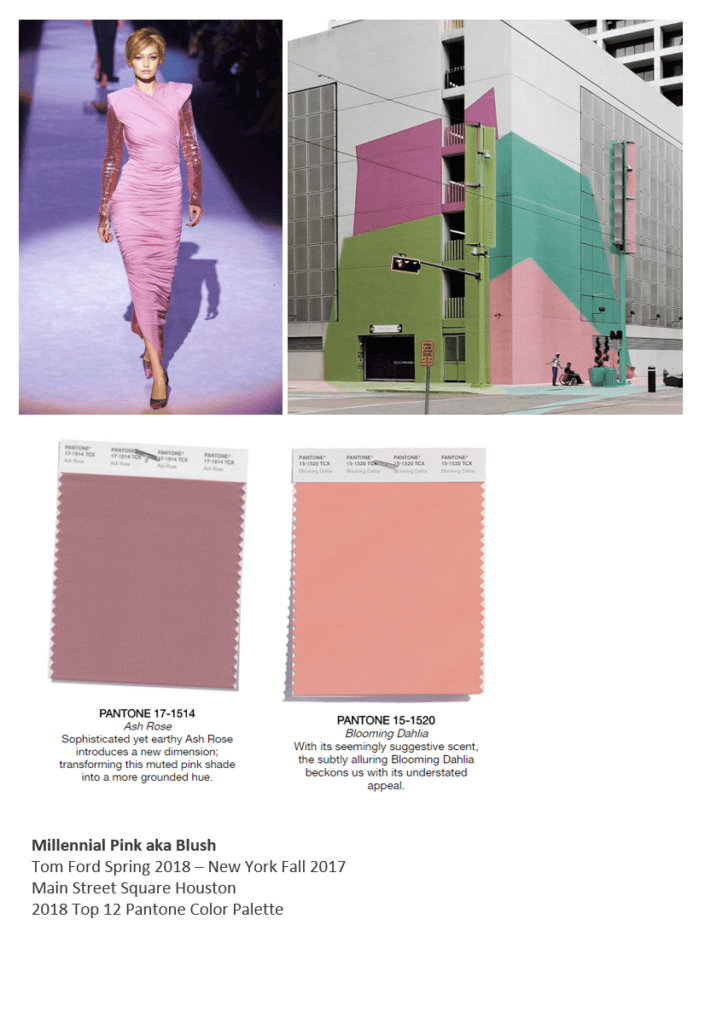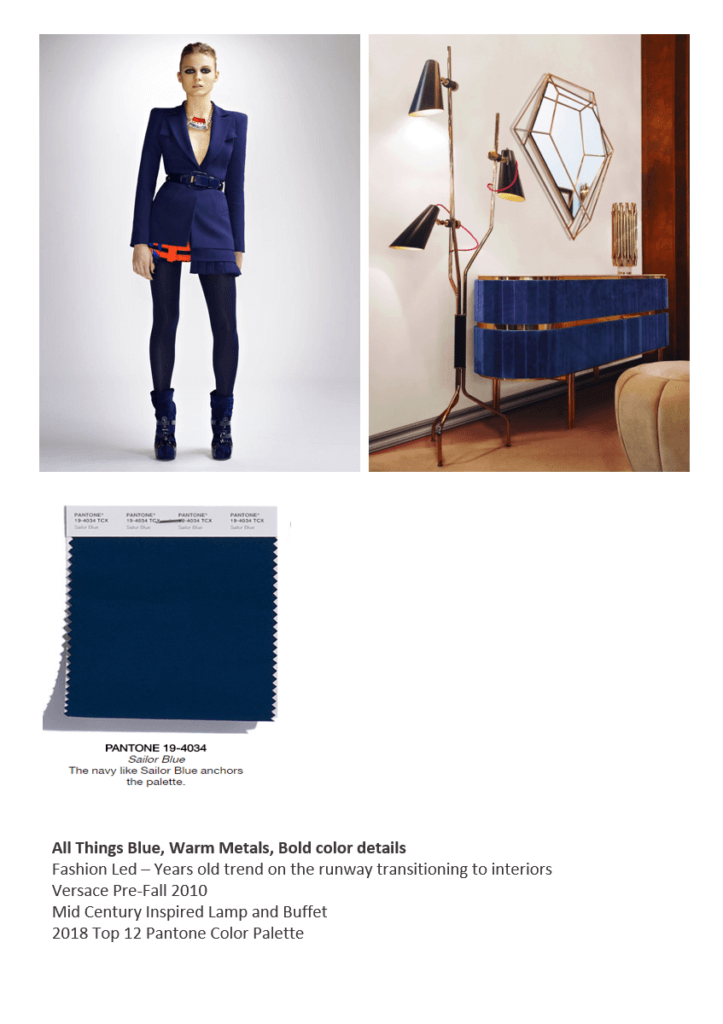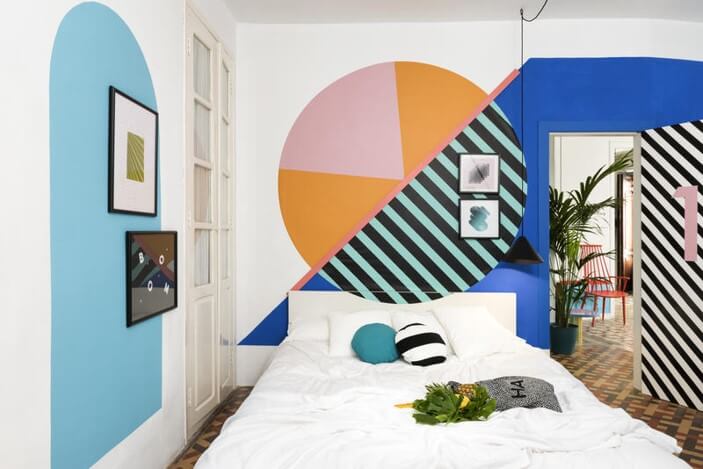When a client wants to improve a property, or launch a new concept, we at first take a look at their competition. How can we differentiate the property and improve market performance?
While this is an important part of a strategic market analysis, this generation of consumers wants something different. They are sophisticated, experience-seekers, who like to keep their lives interesting and unpredictable. They are more in touch with the cultural pulse point than any generation before them.
We want your property to be a destination they seek out. We want to move beyond your competition, really understand your consumer and then find your sweet spot of innovation. That place may be a little beyond your comfort zone, but it’s the place your customers can’t wait to see.
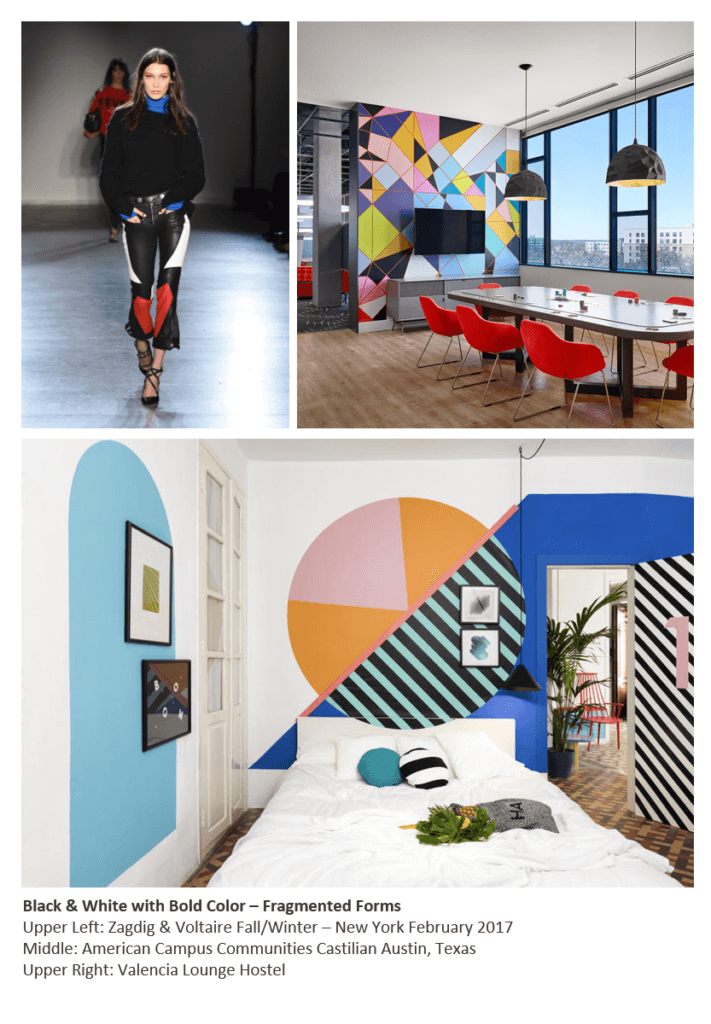
The Fashion Industry
Fashion has traditionally led innovation in textile and color trends as well as the use of line form and shape, all elements that impact interior design. While access to information has changed over the years and the popularity of social media inundates us with images and ideas, the once linear food chain of this trend information has now become more cyclical. We used to experience a gap in fashion trends from Europe reaching the United States and then influencing other industries. Now more innovative industries, like hospitality, retail and workplace design, have trends that occur simultaneously with fashion.
Outrageous runway designs still have the minor lead when it comes to really reaching outside the box, mostly due to the ever-changing nature of fashion. Risks are easier to take when speed of change is taken into account. Interior design is an industry that is slower to absorb a trend. It needs to be applied with greater longevity in mind. This is where a client’s position on the innovation bell curve comes into play. A client’s willingness to be an early adopter means the trend will have more relevancy for a longer period of time compared to a late adopter who will have to readdress that design element faster so it does not become outdated.
It is a significant financial investment, so savvy designers need to find a balance of classic and current. It is important for the design solution to stay on trend, yet not run the risk of being too trendy where it can quickly look outdated. Trendy has a much shorter life span, while being on trend can last a decade with the right sticking power. Working with a savvy designer, you can strike the right balance for your property and be authentic and valuable to your consumer.
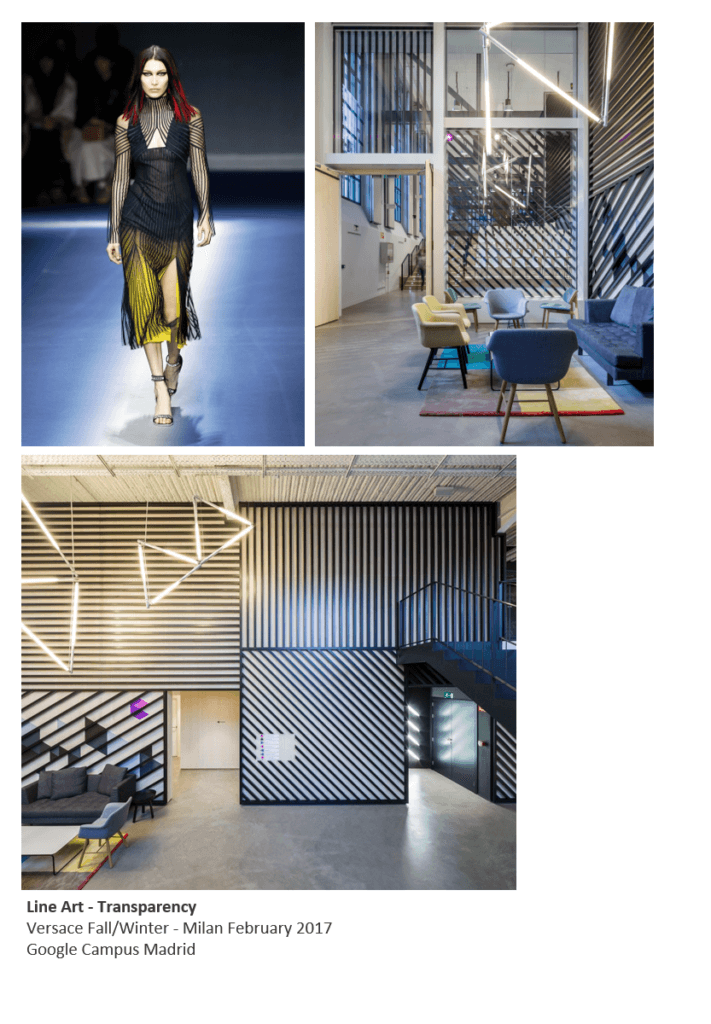
Sources of Inspiration
We take a look at numerous sources, including publications such as W Magazine, Vogue and Glamour, to keep a pulse of the fashion world so we can help clients make calculated decisions to create interiors that strike that balance of innovation, edge and timelessness. Looking at Industry Influences is about digging deeper into the consumer mindset and finding ways to truly be innovative, so not only are you staying ahead of the competition, the competition is watching what you are doing. And more importantly you are seeing a significant return on your investment.
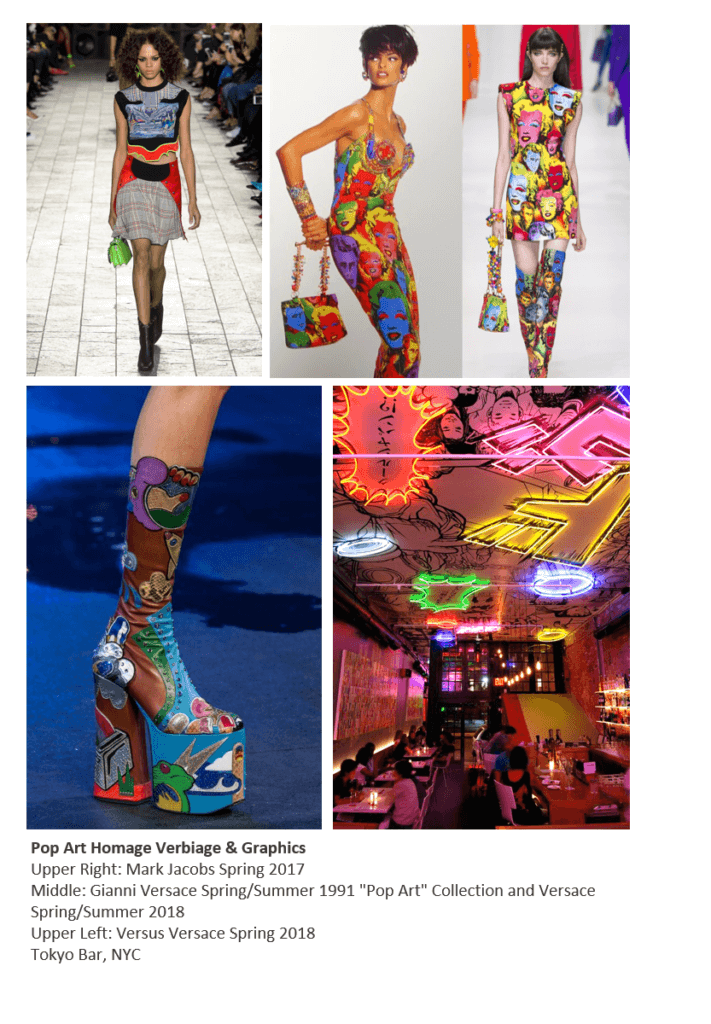
Are you willing to be influenced?
On your next project, see what we have to say about using the fashion industry to help you differentiate your property in the marketplace.
Learn how the runway is currently impacting interiors. Read Consumer Forecast – Fashion Week.
